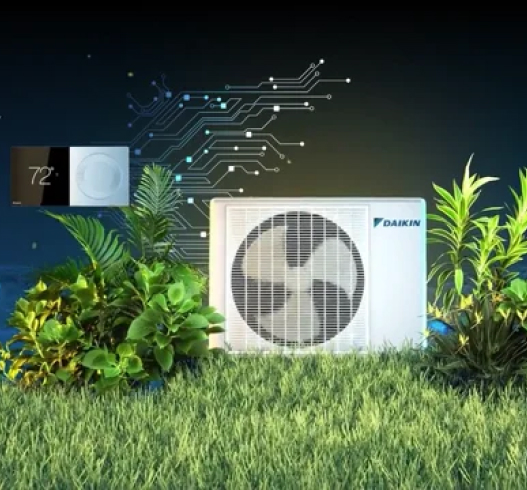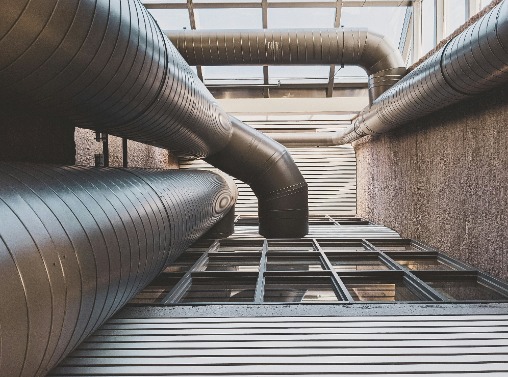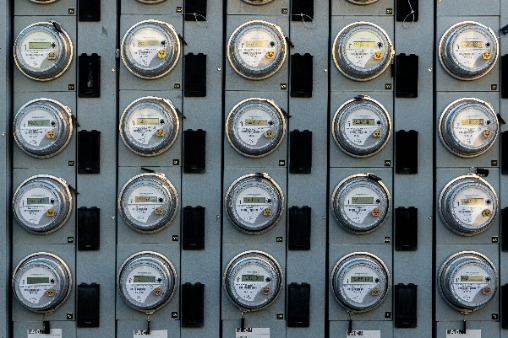How Does a Home’s Humidity Impact Indoor Comfort?

When creating a comfortable living environment, temperature is often the first factor that comes to mind. However, the crucial role of humidity is frequently overlooked despite its significant impact on your home's overall comfort and livability. Humidity may promote mold growth and affect air quality, personal health, and the condition of your furniture and walls, making indoor humidity control essential for maintaining a comfortable and healthy living space.
Most people appreciate when temperatures are “just right.” Achieving this ideal comfort level is not just setting the thermostat to your desired temperature but also controlling indoor humidity.
Indoor Humidity
Indoor comfort is significantly influenced by the amount of moisture, or water vapor, in the air. Both high and low humidity levels can greatly impact the temperature set on the thermostat to remain comfortable in your home. Interestingly, the concept of indoor humidity control was a key factor in the development of air conditioning, particularly in the southern U.S.
In the early 1900s, Stuart W. Cramer installed the first air conditioning system in North Carolina to achieve “ideal” humidity levels at his mills. However, traditional air conditioners (and heat pumps) are not specifically designed to control indoor temperature and humidity independently.¹ The process of dehumidification just happens to be an incidental by-product of the refrigeration cycle.
While the primary function of an air conditioner or a heat pump in cooling mode is to cool your indoor air, during the cooling process, these systems also help reduce indoor humidity levels. According to the Department of Energy, this dual effect can greatly enhance indoor comfort in hot, humid climates by effectively lowering humidity levels.²
Your indoor comfort level is largely determined by the relative humidity inside your home. Relative humidity is the percentage of water vapor in the air compared to the maximum amount the air can hold at a given temperature without condensation.³ When the air is saturated with water vapor, it cannot hold anymore. This results in precipitation, such as rain, sleet, or snow. Managing this balance between too much and too little humidity is crucial for maintaining a comfortable indoor space.
How Evaporation Affects Indoor Humidity Levels
The comfort level of the thermostat's set temperature is closely tied to the amount of moisture, or water vapor, present in your home’s air. Too much water vapor can make your home feel humid, while too little can make it feel dry. Humidity impacts your perceived temperature because it affects evaporation rates.
Indoor air with a high humidity level contains a large amount of water vapor. When the air is saturated, sweat evaporates from our skin more slowly than at lower humidity levels, often making us feel warmer than the actual temperature reading. This temperature is often communicated in weather reports as the“feels-like temperature” when high humidity is prevalent. In cooler conditions, rapid evaporation can make you feel colder than your thermostat indicates. If the indoor air lacks sufficient water vapor, this increased evaporation can leave your skin feeling dry and parched.
Scientists tell us that evaporation rates increase as relative humidity decreases.⁴ This means that dry air absorbs moisture more quickly than humid air because it has more capacity to hold additional water vapor. When the indoor humidity level is low, moisture on your skin evaporates faster, creating a cooling effect. According to the Missouri Department of Energy, most people will feel cooler in a room at 75°F and a relative humidity between 50% and 55% than in a room at the same temperature with a higher relative humidity.⁵ 
Why Proper HVAC Sizing Matters Impact Indoor Humidity
Every homeowner has a unique preference for their ideal humidity and temperature settings that create their “just right” feeling of indoor comfort. During the refrigeration cycle in cooling mode, warm air comes in contact with the cold evaporator coil, causing moisture to evaporate out of the air. This process makes your home feel less humid, as the collected moisture goes to a drain and is sent outside, away from your home.
It might seem logical to opt for oversized air conditioners or heat pumps when aiming for comfortable indoor air. However, an oversized unit can produce bursts of cold air, tricking your thermostat into shutting off the system before the entire house reaches the desired temperature. It may also cool the indoor space too quickly, not taking advantage of the incidental dehumidification of the refrigeration cycle.
When an air conditioner or heat pump system is correctly sized and installed by a professional HVAC contractor, it cycles on and off at intervals to maintain the temperature set on the thermostat while providing incidental humidity control.
HVAC systems with inverter technology, like the Daikin FIT, run at an energy-conserving level by slightly adjusting the compressor’s speed. This enhances energy-efficient performance and effective humidity removal. This vastly differs from the “old-fashioned” approach of a single-speed system with continuous ON/OFF cycles, which isn’t ideal for reducing excess indoor humidity. In fact, the Daikin FIT has three levels of dehumidification options that allow the contractor to set up the system based on your location. In areas of high humidity, this feature is designed to control the speed of the compressor and the indoor blower to maximize the evaporator coil temperature while keeping airflow levels at a pace to maintain your set indoor temperature. By having slow, continuous airflow, the dehumidification process can be extended.
Dehumidification: Indoor Moisture Control
Depending on the season and the geographical location of your home, your indoor space may be prone to high or low indoor humidity levels. If you notice high humidity levels affecting your indoor air quality, a licensed HVAC contractor may suggest an add-on solution to your single-speed HVAC system. One recommended option is a whole-home dehumidifier, which can reduce the relative humidity in your home to a comfortable level. A whole-home dehumidifier is designed to:
- Reduce the cold, clammy feeling that comes from lowering the temperature on your thermostat to reduce the humidity level in your home⁶
- Help create an environment where the air is maintained below 50% relative humidity where dust mites can’t easily survive.⁶
- Helps protect your hardwood flooring from warping when set to maintain humidity level recommendations by the hardwood flooring manufacturer⁶
If you find that the humidity level in your indoor spaces is too high, your local licensed professional HVAC contractor can inspect your system and provide dehumidification solutions to achieve that “just right” feeling in your home.
2. https://www.energy.gov/energysaver/dehumidifying-heat-pipes
3. https://web.extension.illinois.edu/treehouse/clouds.cfm?Slide=2
4, 5. https://engineering.mit.edu/engage/ask-an-engineer/why-do-we-sweat-more-in-high-humidity/
In this article
Connect on Social Media
 Follow on Facebook
Follow on Facebook
 Follow on YouTube
Follow on YouTube
 Follow on Instagram
Follow on Instagram
 Follow on X
Follow on X
 Follow on TikTok
Follow on TikTok
 Follow on Pinterest
Follow on Pinterest

Looking for help now?
Enter your zip code to search for Daikin Contractors in your area.
Learn More
Learning Center Content
Stay informed about home comfort technology, when to upgrade, energy efficiency, and reducing your energy bills.





























